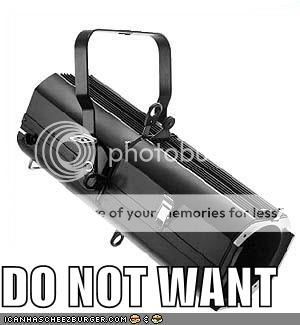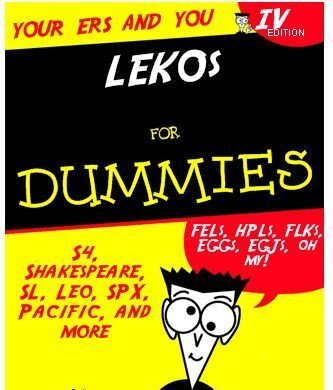CrazyTechie
Well-Known Member
So I've been doing some research into this and reading other threads on here in particular this one http://www.controlbooth.com/forums/lighting-electrics/8221-patent-infringment-lawsuit.html and I was wondering if anyone had anymore information on this subject in particular:
>Does Altman have to pay ETC to produce and sell their Shakespeare's and if so about how much is it? (From what I can tell it appears that they do) What features of the Shakespeare are being used from the Source Four that requires them to pay to use them?
>Does Strand have to do anything like this for any of their fixtures? (I don't know the Strand line of products at all so sorry I can't give any specific fixtures)
>What was on the Lightronics ellipsoidal that ETC got after them for having/using? (I realize that the fixtures look very similar) Are there any advantages to using a Lightronics ellipsoidal vs. a Source Four? Does anyone know the specifics of the lawsuit that is mentioned in the thread I've posted a link to above?
>Did the Source Four come out before everyone else's fixtures or did it come after? More specifically, who copied who? The threads I've read didn't seem to come to a specific decision as to what came out first as there seemed to be the issue of which was invented first. I do know that the Source Four came out in 1992 ETC | Explore the Source Four | History
> I'm also curious as to why it is called a Source Four.
>If you have used a Source Four and any of the other fixtures I've previously mentioned I would like to know what you think about them. Which one do you like better? What are the pros and cons of each that you have come across while using the fixtures (lets leave out how close the local dealer for the product is for you as a reason as this may help get an answer more tailored for what I'm looking for)?
Thanks in advance!
>Does Altman have to pay ETC to produce and sell their Shakespeare's and if so about how much is it? (From what I can tell it appears that they do) What features of the Shakespeare are being used from the Source Four that requires them to pay to use them?
>Does Strand have to do anything like this for any of their fixtures? (I don't know the Strand line of products at all so sorry I can't give any specific fixtures)
>What was on the Lightronics ellipsoidal that ETC got after them for having/using? (I realize that the fixtures look very similar) Are there any advantages to using a Lightronics ellipsoidal vs. a Source Four? Does anyone know the specifics of the lawsuit that is mentioned in the thread I've posted a link to above?
>Did the Source Four come out before everyone else's fixtures or did it come after? More specifically, who copied who? The threads I've read didn't seem to come to a specific decision as to what came out first as there seemed to be the issue of which was invented first. I do know that the Source Four came out in 1992 ETC | Explore the Source Four | History
> I'm also curious as to why it is called a Source Four.
>If you have used a Source Four and any of the other fixtures I've previously mentioned I would like to know what you think about them. Which one do you like better? What are the pros and cons of each that you have come across while using the fixtures (lets leave out how close the local dealer for the product is for you as a reason as this may help get an answer more tailored for what I'm looking for)?
Thanks in advance!





